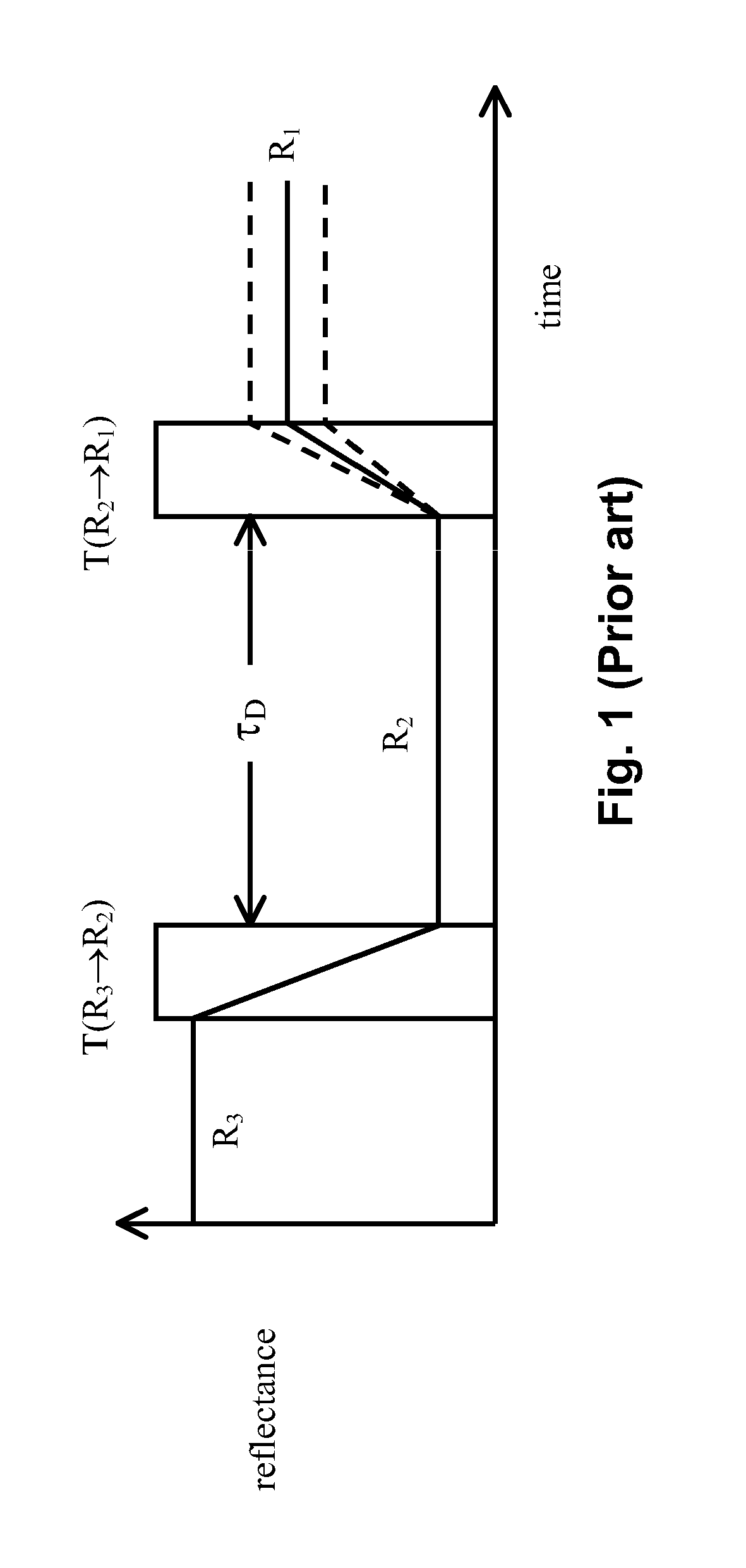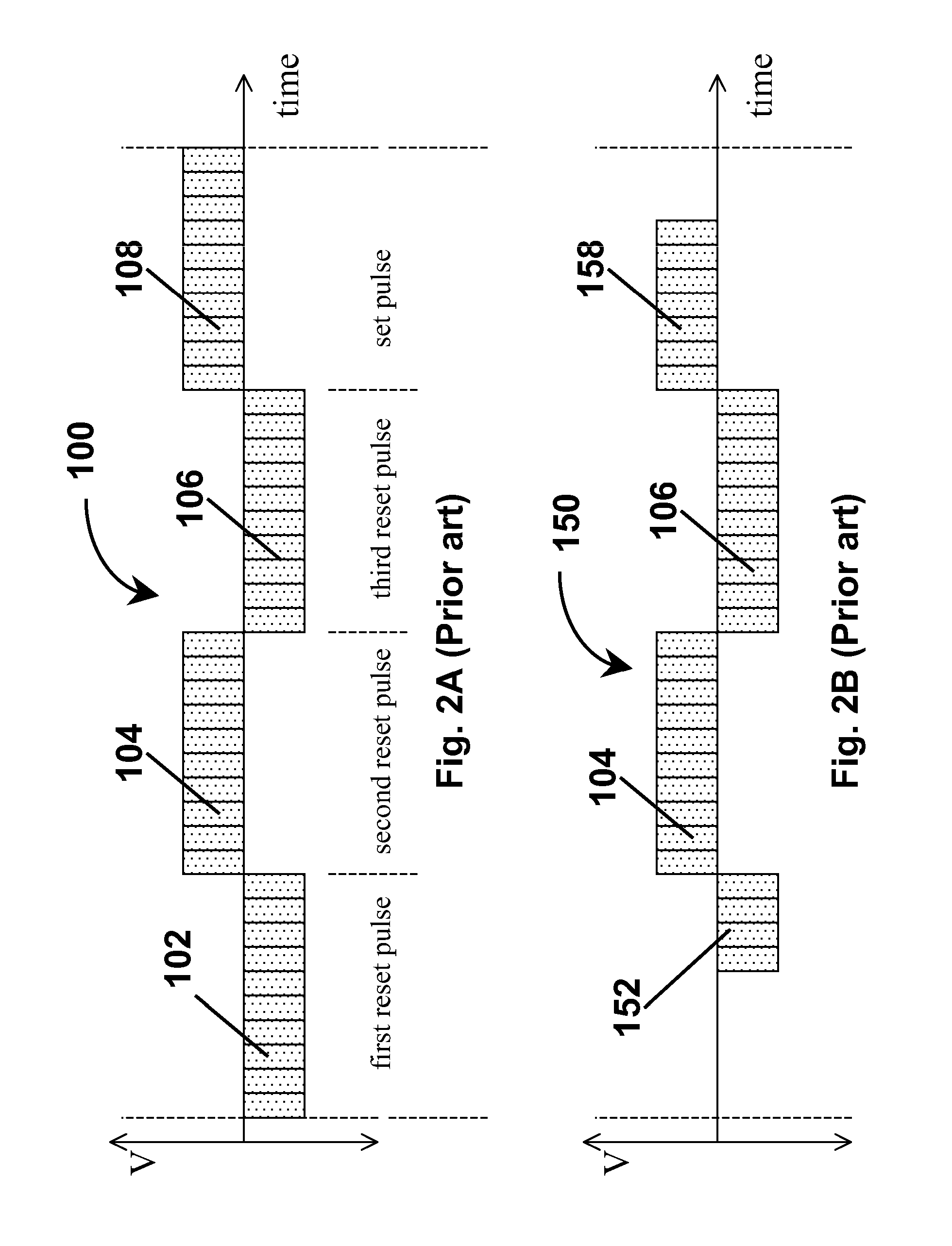Methods and apparatus for driving electro-optic displays
a technology of electro-optic displays and apparatus, applied in the direction of electric digital data processing, instruments, computing, etc., can solve the problems of inadequate service life of electro-optic displays, preventing their widespread use, and gas-based electrophoretic media being susceptible to the same types of problems
- Summary
- Abstract
- Description
- Claims
- Application Information
AI Technical Summary
Benefits of technology
Problems solved by technology
Method used
Image
Examples
Embodiment Construction
[0139]From the foregoing Summary, it will be seen that the present invention provides a number of differing methods for driving electro-optic displays, especially bistable electro-optic displays, and apparatus and software code adapted to carry out such methods. The various methods of the invention will mainly be described separately below, but it should be understood that a single electro-optic display, or component thereof, may make use of more than one aspect of the present invention. For example, a single electro-optic display might make use of the BPPSS, IMP and DTCBPP aspects of the present invention. It should also be noted that the preferred forms of balanced pulse pairs are common to all aspects of the present invention which make use of such pulse pairs, as are the preferred limitations on the sizes of such pulse pairs and the methods for adjusting the length of waveforms to accommodate insertion or excision of such pairs and / or periods of zero voltage. Finally, it should ...
PUM
 Login to View More
Login to View More Abstract
Description
Claims
Application Information
 Login to View More
Login to View More - R&D
- Intellectual Property
- Life Sciences
- Materials
- Tech Scout
- Unparalleled Data Quality
- Higher Quality Content
- 60% Fewer Hallucinations
Browse by: Latest US Patents, China's latest patents, Technical Efficacy Thesaurus, Application Domain, Technology Topic, Popular Technical Reports.
© 2025 PatSnap. All rights reserved.Legal|Privacy policy|Modern Slavery Act Transparency Statement|Sitemap|About US| Contact US: help@patsnap.com



